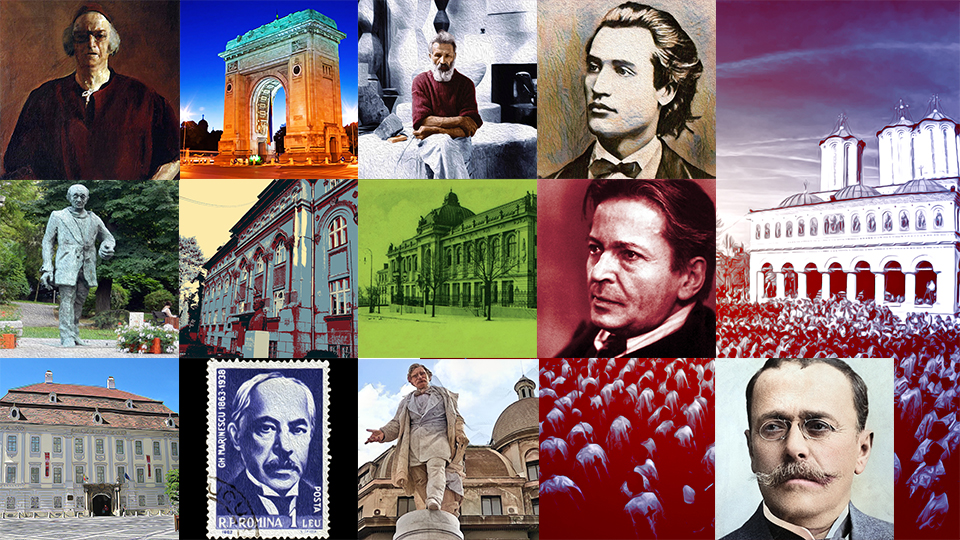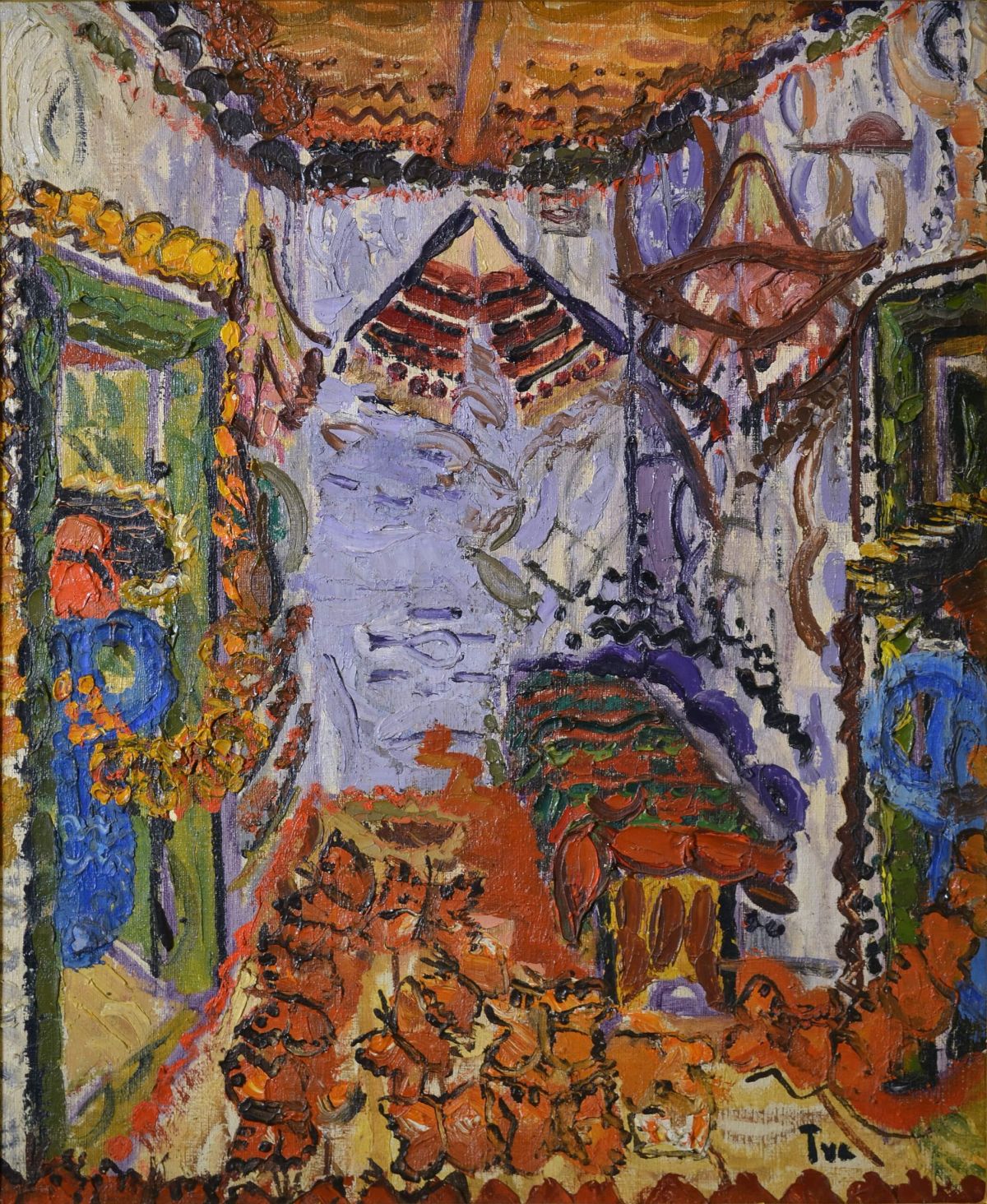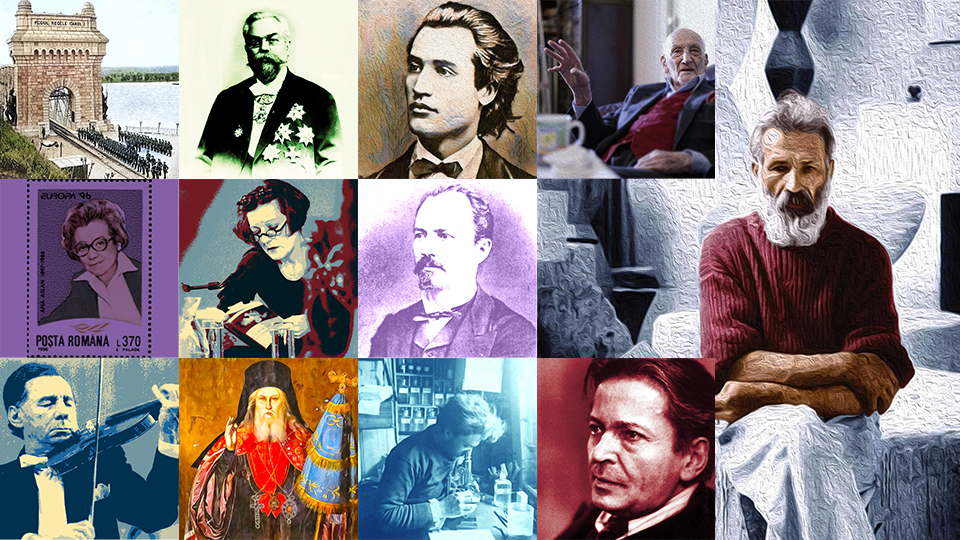The Sephardic Bucharest
The history of Sephardic Jews in the Romanian regions starts back in mid-16th century and is related to the capital city Bucharest

Steliu Lambru, 13.04.2025, 14:00
Also known as the Spanish Jews, the Sephardic Jews, or Sephardim, made it to the capital of Wallachia after they had been evicted from Spain in 1492 and had to find refuge in the Ottoman Empire. In Bucharest they settled in the district today known as the Old City Center, a trade area where they started dealing in manufacture and trade. As documents of the 18th century proved, there were among them, bankers, translators and physicians.
Felicia Waldman is a teacher of the History of the Jews with the University of Bucharest.
Felicia Waldman:” The first Jewish presence in Bucharest dates back to 1550 when we had some documents issued by the local ruler, Mircea Ciobanu, referring to some Jewish shop owners, who had their shops close to the royal palace. In the same year the rabbi of Thessaloniki, Samuel of Medina, issued a letter on the killing of an Ottoman Jew on the outskirts of the city, mentioning the name of five Jews from Bucharest. Nine years on from the event we have a second letter sent by rabbi Josef Carol of Nikopol in 1559 referring to a similar case and two of the names in Samuel’s letter were mentioned again. That proves those people indeed lived in that city and were a constant presence.”
In the following centuries, the Sephardic Jews became important presences in the economy and culture of the Wallachian capital. Here is Felicia Waldman again.
Felicia Waldman:” In order to get a better grip on the country’s tax and duty system, around 1694, Constantin Brâncoveanu included the Jews in a guild. In 1714 we have a first mentioning, which is again very clear, that ruler Stefan Cantacuzino had destroyed the synagogue in the district of Jignita in order to avert attention from the role he played in dethroning Brancoveanu. In 1730, upon the advice of two Sephardic Jews, Daniel de Fonseca and Mendez Bali, prince Nicolae Mavrocordat recognized the Sephardic community in Bucharest, as a separate, autonomous administrative structure. From de Fonseca we have information about Mavrocordat’s famous library, from which he translated a series of Greek manuscripts, which he later made available to scholars in France and Italy. Through an intense correspondence he promoted the voivode’s collections, which, just like in the case of Brancoveanu, included a series of manuscripts in Hebrew. So, both rulers, Brancoveanu and Mavrocordat, were collectors of manuscripts in Hebrew. “
The 19th century brought decisive changes in the history of the Romanian space. The Romanian state is being created and the Sephardic Jews were perfectly adjusted to the changes.
Felicia Waldman:” Things already started to change in the 19th century. In 1819, the congregation of the Spanish Jews built their biggest and most impressive synagogue, Cahal Grande or the Big Spanish Temple, which was to be burned down by the Iron Guard legionnaires during their rebellion in January 1941. In 1846, the congregation managed to build their second synagogue, known as Cahal Cicu or the Small Spanish Temple, which was destroyed by Ceausescu in 1987. Iuliu Barasch also mentioned the Sephardic Jews of Wallachia, when he referred to the other part of the Israeli population. Why? Because in the meantime, the Jews of German origin, known as the Ashkenazi Jews had arrived in Bucharest, and already outnumbered their Sephardic counterparts. And that prompted Barasch to refer to them as <the other part of the Israelite population, made up of the so-called Spaniards. They are wearing local attire and between themselves are speaking a Spanish-Catalan dialect, which of course now is more or less accurate>. Actually they were speaking medieval Spanish, which was no longer spoken in Spain at that time.”
The Sephardim proved to be a dynamic community, part of the financial elite and had integrated in the Romanian collective mental and culture.
Felicia Waldman:” Because the Spanish Jews had made it to the Romanian Countries mainly through the Ottoman Empire, they were better positioned financially. They were mainly traders, with connections both in the West and East, less visible and easier to integrate. Their language resembled Romanian, they didn’t wear traditional clothes, nor they had special customs, and for this reason they were easier to integrate. Unlike them, the Ashkenazi Jews, who were mainly Polish, had Yiddish as language, a more distinct accent, wore particular clothes and that made them easier to identify and discriminate against.”
Felicia Waldman also told us about the end of the history of the Bucharest Sephardim in mid-20th century.
Felicia Waldman:” The end of this community came in 1948 when the communists dismantled it as it was easier to control only one community. They closed down the Sephardic community and made a selection inside the Jewish Community in Bucharest, which was also closed down in 1965. This because only a few Sephardic Jews were left; as a matter of fact, they were never too many, you know. Their number never exceeded several thousands, whereas the number of their Ashkenazi counterparts of German origin, before WWII reached 780 thousand. So, out of those 780 thousand, only a couple of thousand were Sephardim.”
The heritage of the Sephardic community in Bucharest is visible today in the entire historic center of the city. It represents the history of the Jews but also the history of the Romanians.





























